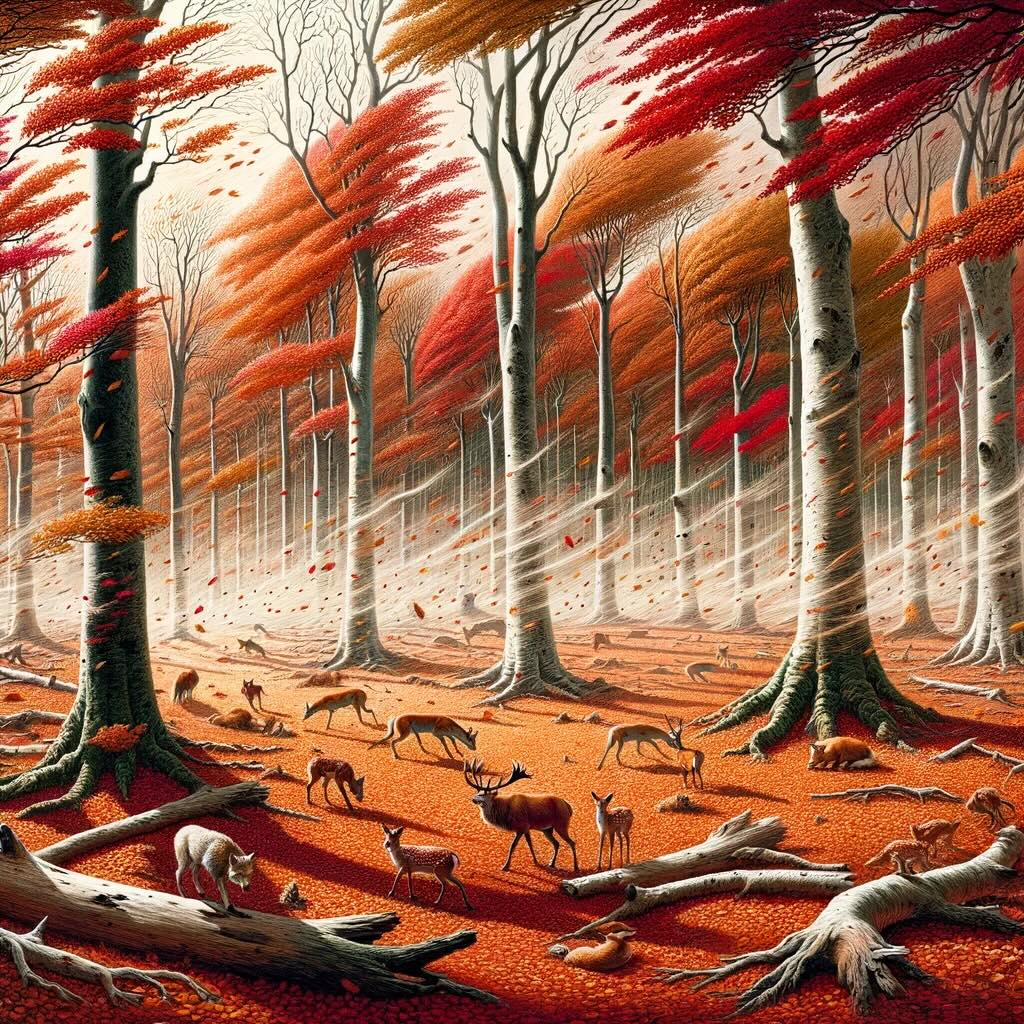In the heart of Central Europe, a wintry wind known as Böhm makes its presence known, leaving a distinct mark on the region’s climate.
Böhm is most commonly experienced during the colder months of autumn, winter, and early spring. As the seasons transition from fall to spring, this chilling wind announces its arrival, bringing with it a unique combination of coldness and dryness.
Böhm is primarily caused by the interaction between high-pressure systems in Eastern Europe and low-pressure systems over the North Atlantic. When a high-pressure system from the east moves towards Central Europe, it forces the air to descend rapidly, leading to compressional heating. As a result, the air becomes dry and cold, giving rise to the characteristic Böhm wind.
Areas Affected:
Several cities and regions in Central Europe may experience the influence of Böhm. Prague, Vienna, Bratislava, and Munich are among the urban areas that are likely to feel the effects of this wintry wind. Situated in the heart of the continent, these cities are vulnerable to the incursions of Böhm, which can bring freezing temperatures and a biting chill.
Cities located in valleys or exposed to open plains may experience stronger gusts and more pronounced temperature drops. In contrast, cities shielded by mountains or located in sheltered regions may be somewhat protected from the full force of Böhm.
Embracing Böhm:
Böhm is more than just a weather phenomenon; it has become an integral part of Central Europe’s cultural identity. Locals have learned to adapt to its frosty presence, incorporating it into winter traditions and activities. From ice skating to cozying up with warm beverages, Böhm has shaped the way people experience and embrace the colder seasons in Central Europe.
As autumn gives way to winter and early spring in Central Europe, the arrival of Böhm brings a chilling and dry wind that blankets the region. Its formation through the interplay of high and low-pressure systems, coupled with its bone-chilling coldness and aridity, creates a unique meteorological event.
